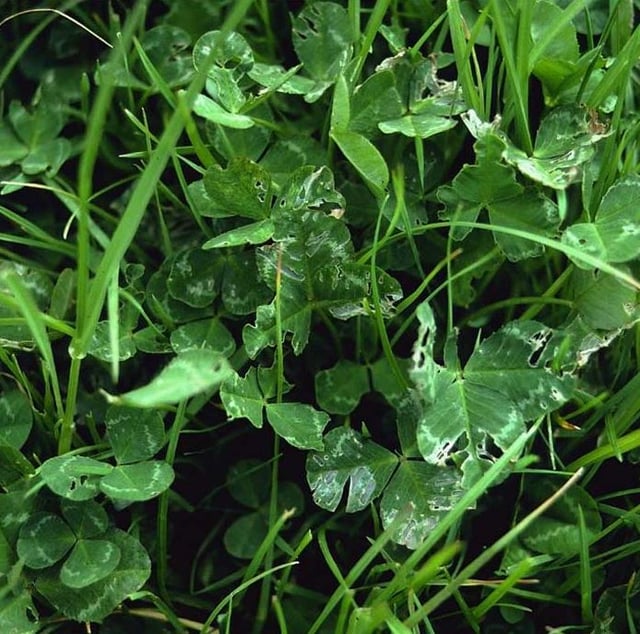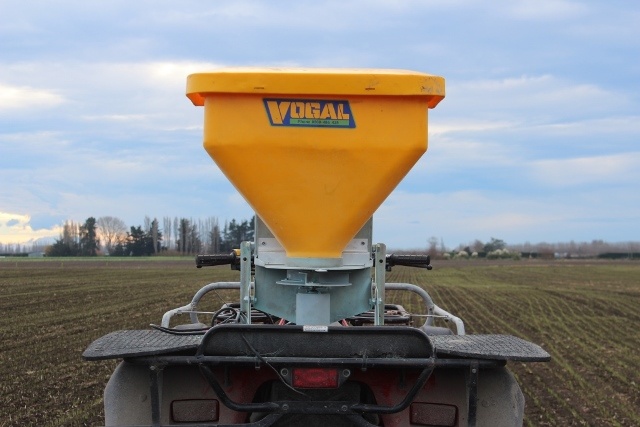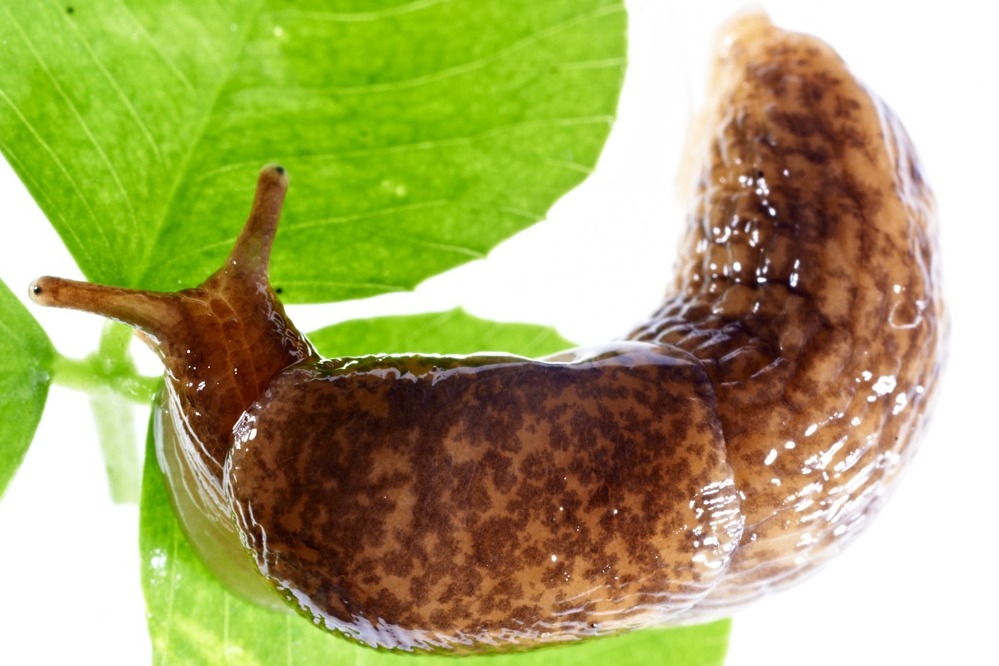Damage to pastures & crops by slugs is a great cost to farmers if they are not managed & kept under control, to the point of having devastating effects.
The threat of slug damage is great at anytime of the year, however their numbers are greatest during spring, declining over summer then increase again in Autumn when weather conditions become favourable for them. Slugs will still be active during summer in areas with high rain fall that provides wet soils.
"Populations as low as one field slug per square metre can inflict severe damage on a canola crop at establishment"
How to know if you have a slug problem
If you have a slug problem the signs are obvious, damage to the leaves of grass, clover & crops will show the tell-tale signs of slug feeding (see the picture below for slug affected clover)

Don't wait until you can see the damage before you do something about it!
Before sowing paddocks it is good practise to have a look for slugs in places were they may congregate, such spots being under sticks, stones & cracks in the ground, do this in the morning when it is still cool, slugs seek refuge as the day gets warmer. Given that slugs are most active at night it is suggested you put a bag of bait (or just a moist sack) out in the paddock over night & check the following morning to see if any slugs have been attracted to it.
Even if you don't appear to have slugs on your property it is still good practise to lightly broadcast some bait over your freshly sown paddock as a precaution, particularly around fence lines where they can be migrating from into the new crop.
Direct drilled or low till crops are at most risk of slug damage, this is because there has been no cultivation to kill off or reduce the slug population, meaning numbers are still high, the drill slots of direct drilling are also attractive to slugs, directing them to exactly where the seed is, this problem can be overcome by applying bait down the spout at time of seeding or by broadcast spreading at the same time or soon after.
Loose & cloddy seed beds, allow slugs easy movement & don't help maximise rapid corp establishment.
Crop residue & organic matter, provide slugs with a food source & shelter encouraging them to breed, this is particularly so in Autumn.
How to control slugs
Slug Bait
Application of slug bait is the most common & effective method of controlling slugs. However consider the following to ensure you get the most effect from your bait (because its expensive stuff!)
Slug bait is most effective when other alternative food sources are removed. i.e after cultivation or when the pasture has been sprayed off as there will be no other food sources, making the slug bait even more attractive & subsequently increasing the kill rate!

An electric driven slug bait spreader set to apply bait upon germination when slugs will begin to attack the plant.
Cultivation & Stubble Control
Stubble burning & cultivation helps to remove crop residues, organic matter & other food sources & habitats for the slugs aside from eliminating some at the same time.
Slugs are not good at burrowing into the ground so by rolling the paddock before &/or after sowing you can create a more firm seed bed making it harder for slugs to penetrate
Mob Stocking
This is a "no.8 wire" method which although not guaranteed to kill all slugs can help to reduce the numbers. As slugs are not good at burrowing into ground so they tend to seek refuge down cracks, under clods & in general close to the surface.
By mob stocking the paddock it closes & compacts the ground subsequently trampling out the slugs & their refuges.
Our Advice:
Our opinion for the most effective slug control methods are based on research conducted within New Zealand & Australia, which has shown that slug baits are the most single effective control method of all options.
However a combination of several slug control methods have proven to be the most effective strategy when managing slugs. We would recommend utilising both cultural & chemical techniques to get the maximum result for your efforts & provide your crops with maximum protection, by this we mean utilise both the Chemical slug baits & Cultivation methods as described above.
- Cultivate your paddocks to remove organic matter & incorporate stubble into the soil - Removing slugs habitat & food sources.
- Sow your crop & roll the seed bed to firm up the soil structure (making it hard for slugs to penetrate).
- Apply slug bait!
If you have a slug problem get in touch with us today to see how we can help you beat the pest!




.webp)